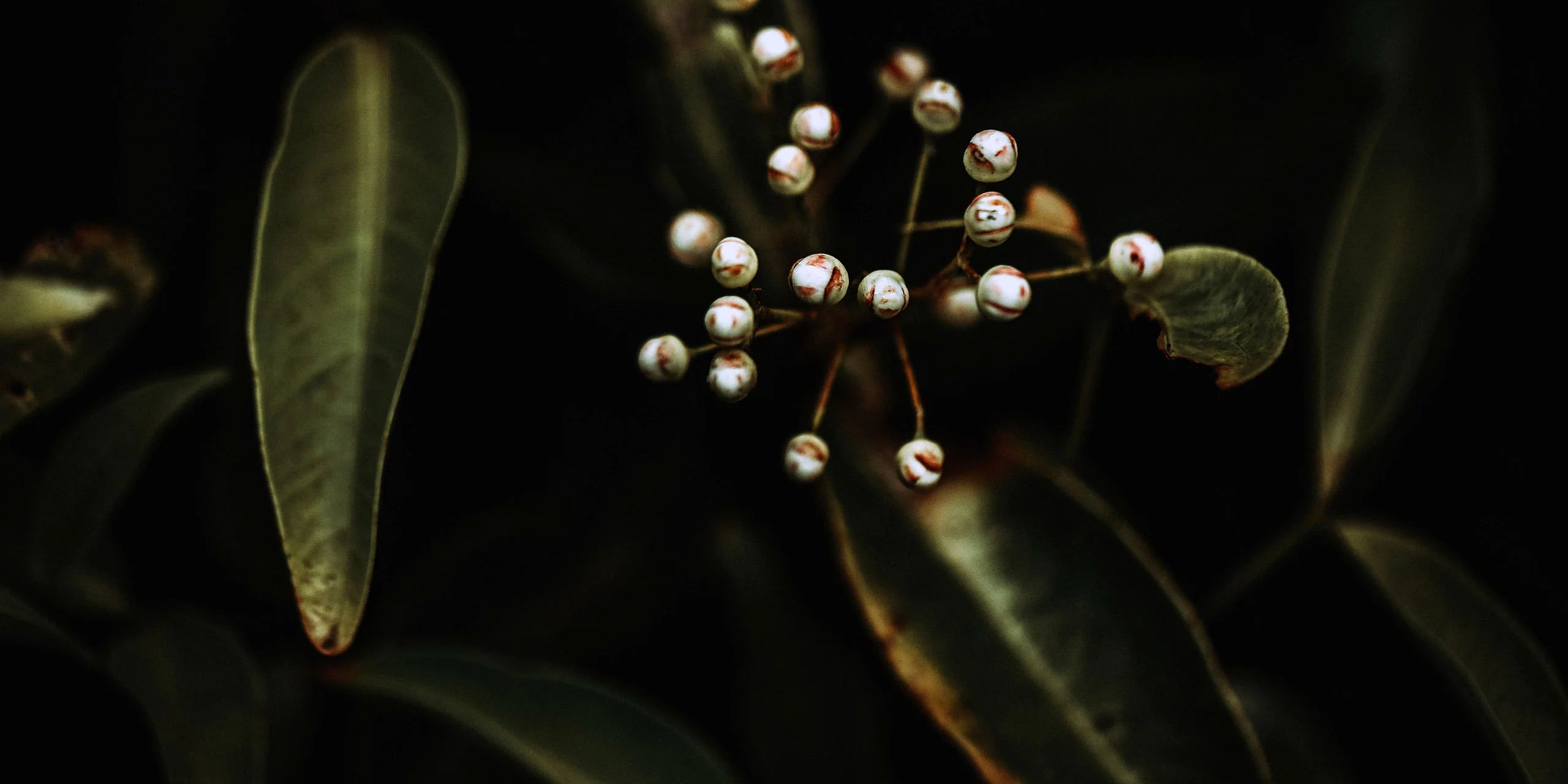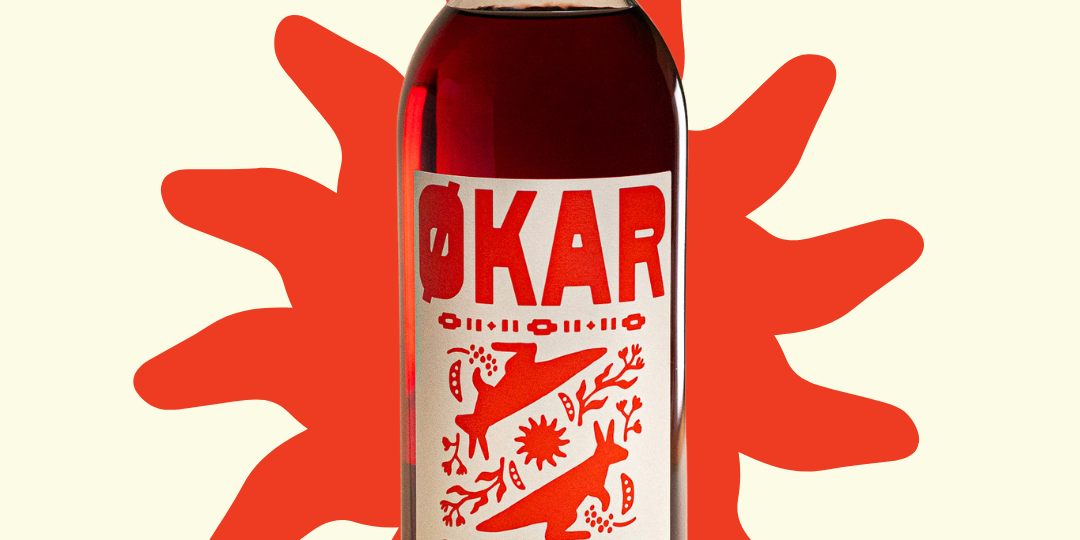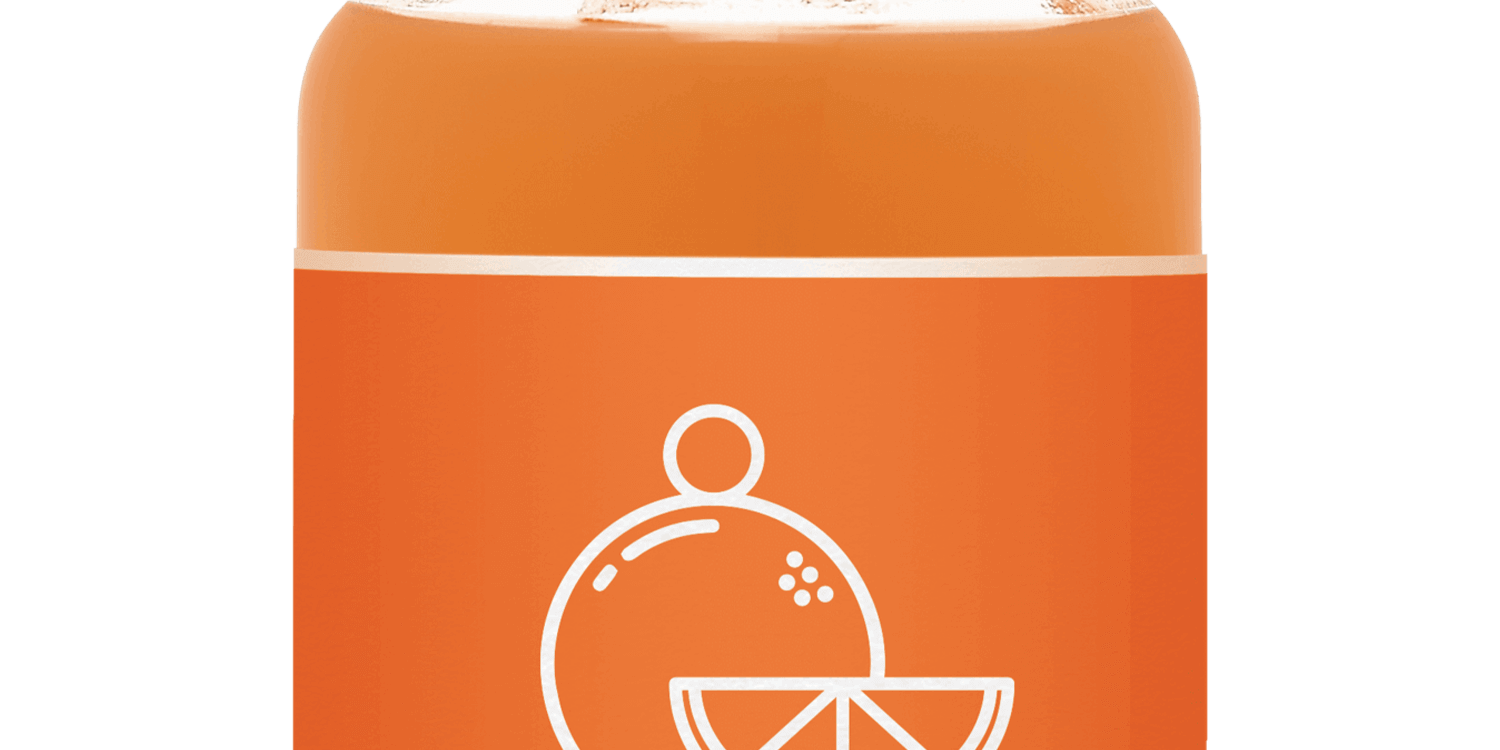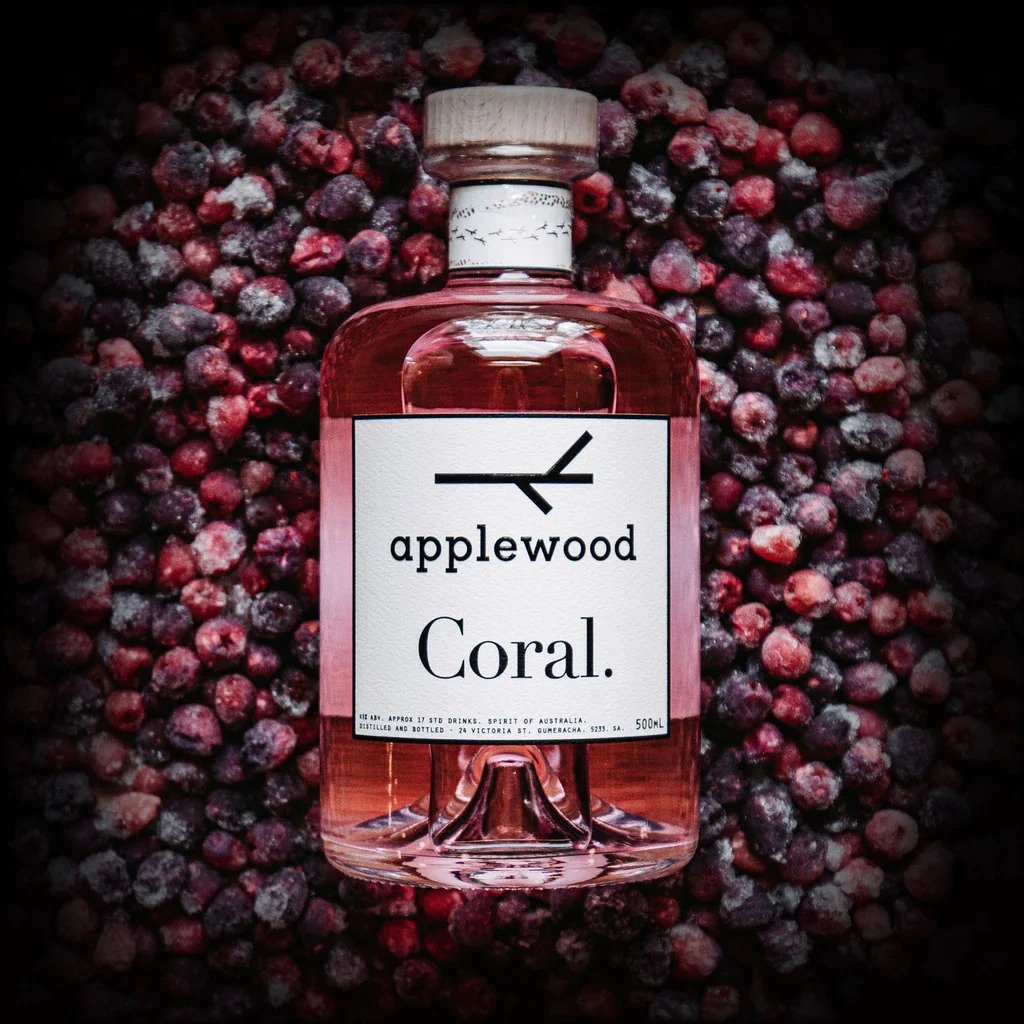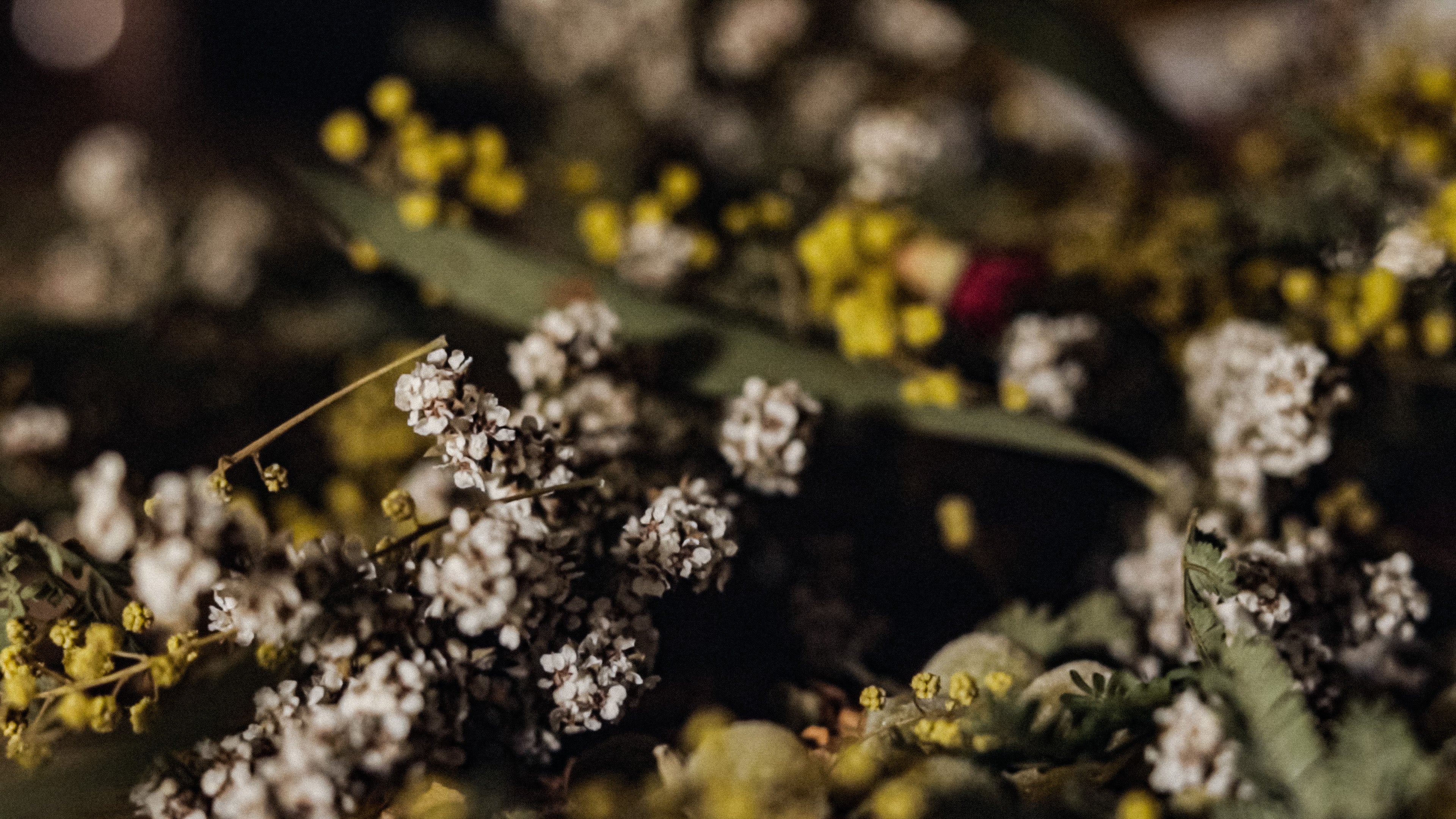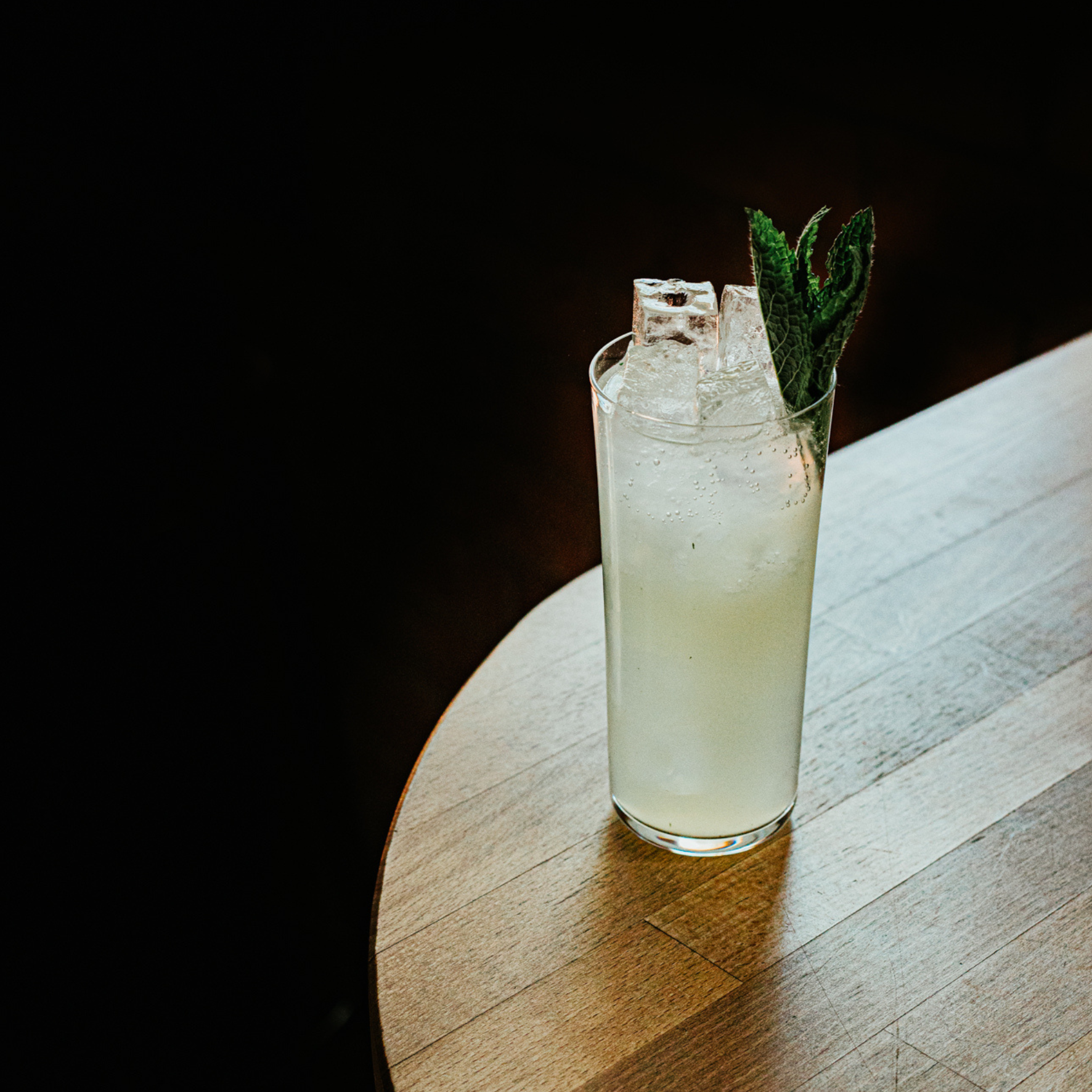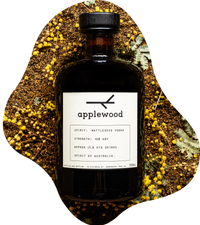With riberry coming into season as we speak, its the perfect time to learn how to cultivate and use this incredible fruit.
The riberry, scientifically known as Syzygium luehmannii, is a remarkable Australian native plant. Also referred to as liliy pilly, cherry satinash, or clove lilly pilly, this evergreen tree or shrub belongs to the myrtle family (Myrtaceae) and is predominantly found in the rainforests of eastern Australia, particularly in Queensland and New South Wales.
We use riberry to great effect in our Coral Gin, both distilling and macerating riberry to extract its complex flavours. With riberry being directly related to the clove, its uses are varied and flexible.
You can use the fruit infuse flavor into syrups, shrubs, cordials and even wines. Its zesty, clove-like essence adds depth to the drinks, making them refreshing and unique. The flesh and pits can be separated and used distinctly, with the pitts containing most of the clove flavour and the flesh tasting like red apples and lemons.
If you have the opportunity to go to your local Bunnings or even your local nursery and grab a sapling, riberry is a great tree for your backyard, garden or household pot - and here’s a quick care guide to get you started.
Climate and Soil: Riberry thrives in a subtropical or tropical climate but can adapt to a wide range of conditions. It prefers well-draining soil rich in organic matter and appreciates regular watering, especially during dry spells.
Sunlight: While it can tolerate partial shade, providing full sunlight encourages better fruit production. Ensure your plant receives adequate sunlight for at least a few hours daily.
Pruning and Maintenance: Regular pruning helps maintain the plant’s shape and encourages healthy growth. Remove dead or diseased branches and conduct light pruning after fruiting to promote new growth.
Pests and Diseases: While generally hardy, riberry can be susceptible to pests like fruit flies or diseases such as fungal infections. Regular inspection and appropriate treatment or preventive measures can mitigate these issues.
Harvesting: Riberry fruit typically matures in summer to early autumn. Harvest the fruits when they turn from green to deep red or purple. They are best used fresh or can be frozen or dried for later use.
There are a few fantastic products that have already done the work for you - Currong Comestibles Riberry Shrub being a fantastic way to easily add this flavour to drinks and desserts.

We've found the best way to enjoy riberry in cocktails is in the classic Clover Club. Bright riberry shrub alongside our Coral gin is remarkably refreshing for the summer months - and here's the recipe below.
Coral Club
60ml Coral Gin
30ml Lemon Juice
10ml Currong Comestibles Riberry Shrub
10ml Sugar Syrup
3 drops of Wonderfoam
Shake all ingredients over ice and fine strain into a chilled coupe. Garnish with a dusting of Davidson plum powder.
